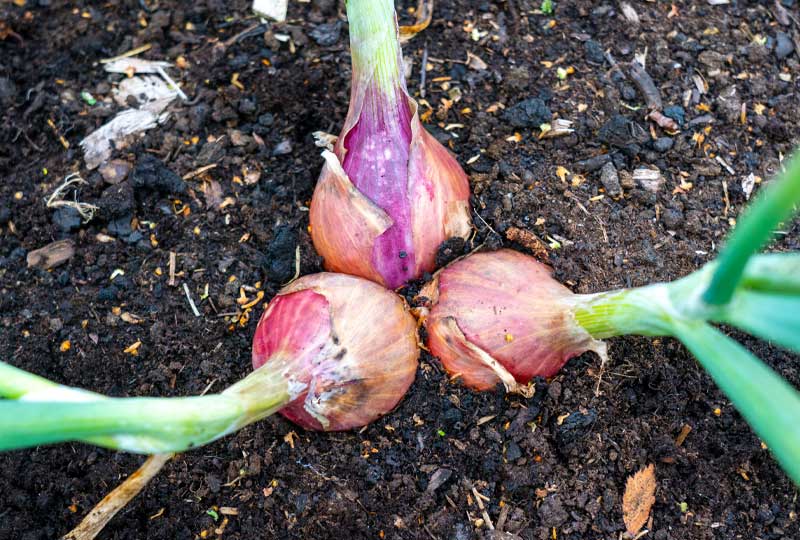If you garden in a small space, you have to be creative with the space you have. Multisowing can be a great solution! However, this method can cause some confusion among gardeners. The instructions on the seed packages often advise you something different. When we first started gardening we were also unfamiliar with this method, you often think that all seedlings should have plenty of space to grow so your veggies become bigger! We actually discovered multisowing because we were disappointed and frustrated with the small amount of harvest we got from your garden. When you see and read how much harvest others are getting out of their gardens and how little you harvested you quickly think am I doing something wrong? Maybe my climate is just not suitable? Or is gardening much more difficult than I thought? Fortunately, perseverance wins and we slowly found answers to these questions. One of the answers was multi-sowing. If you are short on space in your garden or greenhouse, this method might also be great for you!

What is multi-sowing and how does it work?
multi-sowing is a simple method of sowing more seeds in one cell when you sow in seed trays or module trays. You simply sow a number of seeds in a cell (3 to 8 depending on what you sow, more on this later), and you don’t thin out the seedlings after germination. When the seedlings are big enough, and the clumps have grown full of roots you can transplant them into the garden. You can just keep the recommended distance as if you were planting out just one plant. That is, the secret is really that simple!

Which vegetables can be multi-sown?
Before you start sowing like crazy, I have to disappoint you a bit (sorry!) The theory that, if you don’t thin out your plants they won’t have enough space is of course not entirely without merit. Therefore, you cannot multi-sow all vegetables. There are, however, certain crops that do well when grown in a clump. And as long as you know exactly which crops, you can easily apply this trick for more harvest. We have already tested most of the vegetables that are suitable for multi-sowing for you!
This is our list of vegetables that we have successfully sown and harvested using the multi-sowing method:
Beetroot
Onions for bulbs
Spring onions
Leeks
Radish
Parsnip
Peas for shoots
Peas for pots
Herbs such as dill, parsley, and basil
Lettuce for picking
Spinach
Mustard
Swiss chard
As a general rule, you can sow 4-6 seeds together for larger plants and 6-8 seeds for smaller crops such as leafy greens or spring onions. The weaker seedlings can then be removed if necessary without reducing your yield.
Beetroot, radishes, and onions grow well in a clump because as they develop their roots and bulbs, they push each other out. The reason gardeners don’t normally believe in multi-sowing is that you will end up with small plants: 4-5 small onions instead of one large one, but this is definitely not the case. We have sown onions, spring onion, and beetroots year after year without thinning them and we actually got more crops overall by not thinning them.

Another advantage of multisowing is extending your fresh harvest
Another advantage we noticed with multi-sowing is that it is easier to harvest them one after the other. So you do not harvest the whole clump of onions or beetroots at once but choose the largest ones. With beetroots, for example, you just carefully turn and pull out the biggest bulb, without loosening or disturbing the others. The remaining plants can now continue to grow. They are not all ready at the same time. Therefore, you can harvest a number of beetroots or other multi-sown vegetables over the course of a few weeks.

Keep this in mind when you start with the multisowing method
if you want to use the multi-sow method in your garden remember that you may need to use a slightly larger cell size seed tray or module tray than you normally would. For beetroot and other bulb-forming crops, we recommend the 40-cell tray, or a tray with cells that are around 4 centimeters (so 4 by 4 centimeters). Because you germinate more seeds the roots fill the cells faster. If you want to use a smaller cell size tray (for example the seed trays from Charles Dowding) you will have to plant out your seedlings a bit earlier than you are used to in order to avoid stunted growth.


